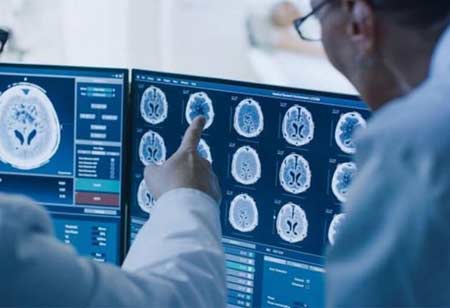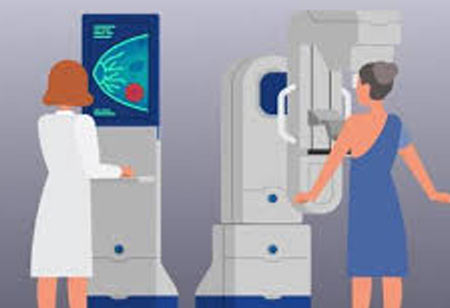Digital Radiography Unveiled: Emerging Trends and Technological Advancements
Digital radiography evolves with AI, improved detectors, radiation safety, cloud integration, and patient-centered approaches, boosting efficiency and accessibility.

By
Medical Care Review | Wednesday, February 05, 2025
Stay on top of your health and well-being with exclusive feature stories on the top medical clinics and treatment centers, expert insights and the latest news delivered straight to your inbox. Subscribe today.
Digital radiography evolves with AI, improved detectors, radiation safety, cloud integration, and patient-centered approaches, boosting efficiency and accessibility.
Fremont, CA: Digital radiography (DR) is evolving rapidly due to technological advancements and shifting healthcare demands. The enhancement of detector technologies, encompassing direct and indirect conversion detectors, remains a primary focus. This development aims to achieve an improved dynamic range, sensitivity, and resolution, producing superior images with reduced radiation exposure. As advancements in detector technology, image processing algorithms, and software solutions occur, digital radiography systems are also evolving. Manufacturers aim to create compact, high-resolution detectors that enhance image quality and improve workflow efficiency.
Unsurprisingly, AI is included in DR systems to help radiologists with various tasks, including automated analysis, noise reduction, image reconstruction, and artifact correction. AI algorithms may increase productivity, optimize operations, and improve diagnostic accuracy. Smart Room uses AI-based technologies and automation Assist on Carestream's DRX-Compass and DRX-Evolution Plus to optimize productivity and enable higher-quality picture collection. To help guarantee a correct position, it also enhances patient alignment.
In DR, dosage optimization and radiation safety are still prioritized. Manufacturers are creating advanced image processing algorithms, dosage monitoring devices, and dose reduction strategies to reduce patient radiation exposure without compromising picture quality. Sophistic image processing techniques and dose modulation algorithms address radiation safety issues and reduce radiation exposure to patients without sacrificing diagnostic accuracy.
Cloud-based imaging systems, which enable secured storing, sharing, and remote access of DR images, have grown in popularity. Teleradiology services, seamless data sharing between healthcare institutions, and expert collaboration are all made easier by cloud integration.
DR systems are increasingly included in the larger healthcare IT ecosystem, including PACS and electronic medical records. Improved communication between healthcare practitioners, fewer mistakes in manual data input, and increased workflow efficiency are all benefits of seamless integration.
Patient-centered techniques have gained greater prominence in DR, including improving patient comfort during imaging operations, minimizing wait times, and better-communicating imaging data to patients understandably and clearly.
As telemedicine and remote healthcare services are popular, DR systems are frequently utilized for remote monitoring, consulting, and even telediagnosis. Radiologists can give prompt interpretations and suggestions when they have remote access to DR images, especially in remote or underserved locations.
Growing incidence of chronic illnesses that need diagnostic imaging, the switch from analog to digital imaging systems, and improvements in healthcare infrastructure in emerging nations have all contributed to the gradual growth of the global digital radiography market. This also means that more reasonably priced solutions are required.







